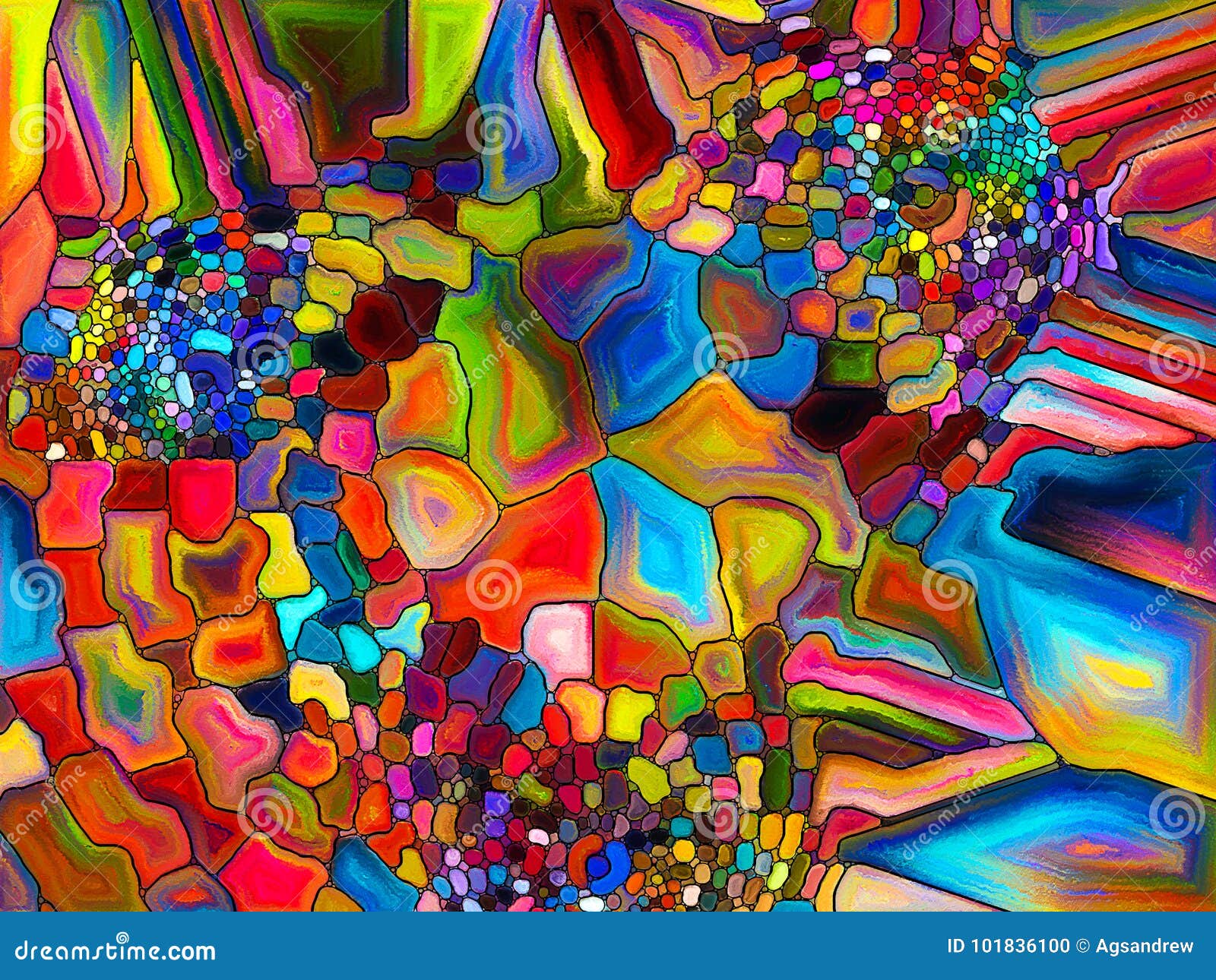
The Symbolism of Colors in Global Decor
Colors play a significant role in our lives, affecting our moods, emotions, and perceptions. Different cultures around the world have assigned symbolic meanings to various hues, which are often reflected in their traditional decor. Understanding the symbolism of colors in global decor can provide valuable insights into cultural values, beliefs, and traditions. In this article, we will explore the symbolism of different hues in various cultures and how they are incorporated into interior design.
Red: Passion, Luck, and Celebration

Red is a vibrant color that holds great significance in many cultures. In Chinese culture, red symbolizes good luck, happiness, and prosperity. It is often used in traditional Chinese weddings and during the Lunar New Year celebrations. In Indian culture, red is associated with celebration, particularly in weddings and religious ceremonies. The color is believed to bring good fortune and ward off evil spirits.
- Incorporating red into decor: Red can be incorporated into decor through various elements such as accent walls, furniture, and accessories. However, it is important to use red in moderation as it can be overwhelming if used excessively. Consider using red in combination with neutral colors to create a balanced and visually appealing space.
- Popular red decor: Chinese-inspired decor often includes red lanterns, red lacquered furniture, and red silk fabrics. In Indian decor, red is commonly found in intricate tapestries, rugs, and ornate furniture.
- Modern interpretations: In modern interior design, red is often used as an accent color to create a bold and energetic space. It can be incorporated through artwork, cushions, or statement furniture pieces.
Blue: Serenity, Trust, and Spirituality

Blue is a calming color that represents serenity, trust, and spirituality. In many cultures, blue is associated with water, the sky, and the divine. In Islamic culture, blue is considered a sacred color and is often used in mosques and religious art. In Greek culture, blue represents the Mediterranean Sea and is a symbol of tranquility and freedom.
- Incorporating blue into decor: Blue can be incorporated into decor through paint, wallpaper, textiles, and accessories. Lighter shades of blue can create a sense of calm and serenity, while darker shades can add depth and richness to a space.
- Popular blue decor: In Moroccan decor, blue can be seen in intricately tiled walls and vibrant rugs. In Greek decor, blue and white are commonly used together to create a fresh and airy feel.
- Modern interpretations: In modern interior design, blue is often used to create a sense of tranquility and relaxation. It can be incorporated through furniture, artwork, or accessories.
Yellow: Happiness, Wisdom, and Enlightenment

Yellow is a bright and cheerful color that symbolizes happiness, wisdom, and enlightenment. In many cultures, yellow is associated with the sun, warmth, and positivity. In Chinese culture, yellow is considered the most beautiful and prestigious color, representing royalty and power. In African cultures, yellow is often used in traditional clothing and decor to symbolize joy and celebration.
- Incorporating yellow into decor: Yellow can be incorporated into decor through paint, wallpaper, textiles, and accessories. Lighter shades of yellow can create a soft and inviting atmosphere, while bolder shades can make a statement.
- Popular yellow decor: In Chinese decor, yellow is often seen in ornate furniture, silk fabrics, and decorative accessories. In African decor, yellow can be found in vibrant textiles, pottery, and artwork.
- Modern interpretations: In modern interior design, yellow is often used as an accent color to add a pop of brightness and energy to a space. It can be incorporated through artwork, cushions, or lighting fixtures.
Green: Nature, Growth, and Harmony

Green is a color that represents nature, growth, and harmony. It is often associated with renewal, fertility, and balance. In many cultures, green is considered a symbol of good luck and prosperity. In Islamic culture, green is associated with paradise and is often used in religious architecture and decor. In Japanese culture, green represents nature and tranquility.
- Incorporating green into decor: Green can be incorporated into decor through paint, wallpaper, plants, and accessories. Different shades of green can create different moods and atmospheres, from vibrant and energetic to calm and soothing.
- Popular green decor: In Islamic decor, green can be seen in intricately patterned tiles, textiles, and stained glass. In Japanese decor, green is often used in traditional gardens and is represented through bonsai trees and bamboo.
- Modern interpretations: In modern interior design, green is often used to create a connection with nature and promote a sense of well-being. It can be incorporated through indoor plants, green accent walls, or sustainable materials.
Conclusion
Colors hold immense cultural significance and play a vital role in global decor. Understanding the symbolism of different hues can provide valuable insights into the values, beliefs, and traditions of various cultures. Red represents passion and celebration in Chinese and Indian cultures, while blue symbolizes serenity and spirituality in Islamic and Greek cultures. Yellow represents happiness and wisdom in Chinese and African cultures, while green represents nature and harmony in Islamic and Japanese cultures.
By incorporating these symbolic colors into interior design, we can create spaces that not only reflect cultural traditions but also evoke specific emotions and moods. Whether it's through paint, furniture, textiles, or accessories, colors can transform a space and tell a story. So, the next time you embark on a design project, consider the symbolism of colors and how they can enhance the overall aesthetic and cultural significance of your space.